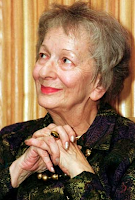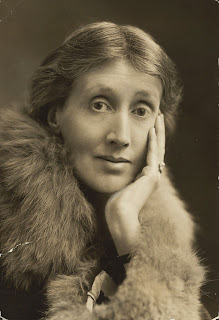UGC NET Solved Paper III ; Subject -- English ;December : 2009 Analysing an unknown poem (Report from the Hospital by Polish poet Wisława Szymborska)

SECTION – I ( In the newly structured syllabus it is in Paper III, Section IV) UGC NET Solved Paper III ; Subject -- English ; December : 2009. This section contains five (5) questions based on the following poem. Each question should be answered in about thirty (30) words and carries five (5) marks. (5 × 5 = 25 marks) Wisława Szymborska We drew lots, who would go and see him. It was me. I got up from our table. It was almost time for visiting hours. He said nothing in reply to my greeting. I tried to take his hand – he pulled it back like a hungry dog who wouldn’t give up a bone. He seemed ashamed of dying. I don’t know what you say to someone like him. As in a photomontage, our eyes would not meet. He didn’t ask me to stay or go. He didn’t ask about anyone at our table. Not about you, Bolek. Not about you, Tolek. Not about you, Lolek. My head began to ache. Who was dying for whom ? I praised medicine and the three violets in the glass. I talked about the sun and tho







